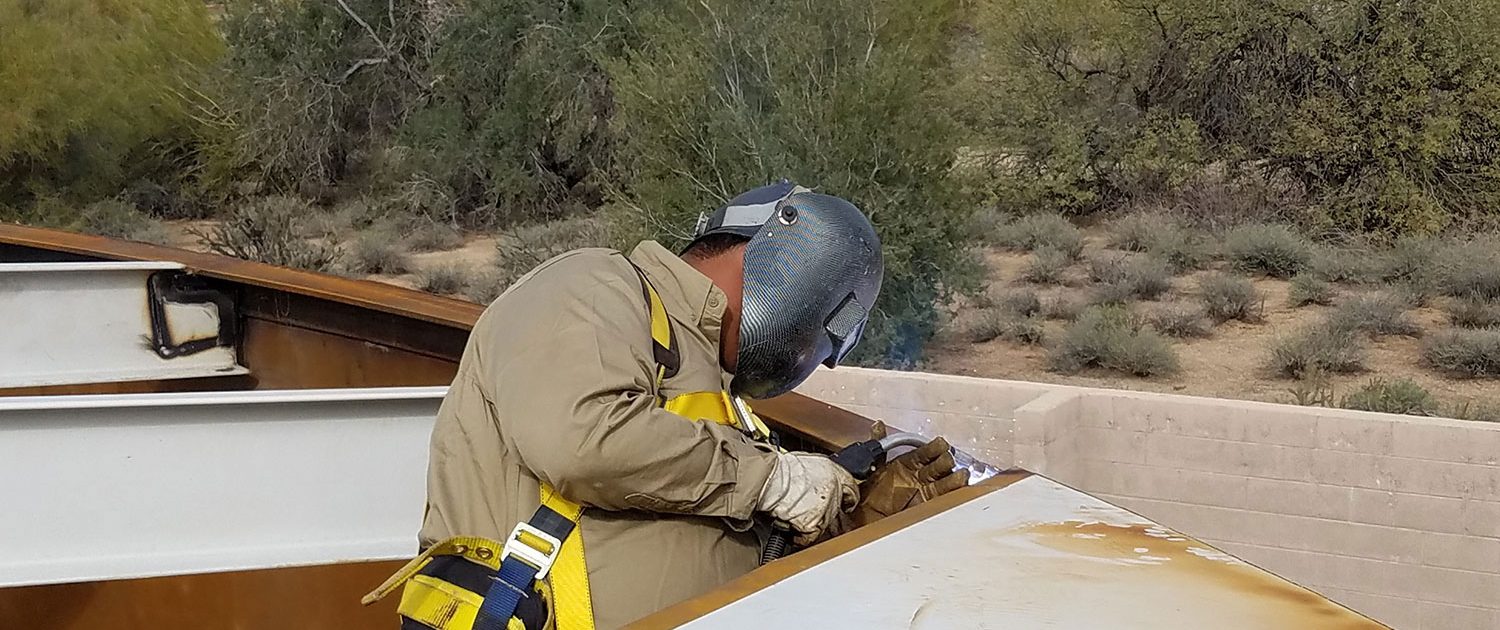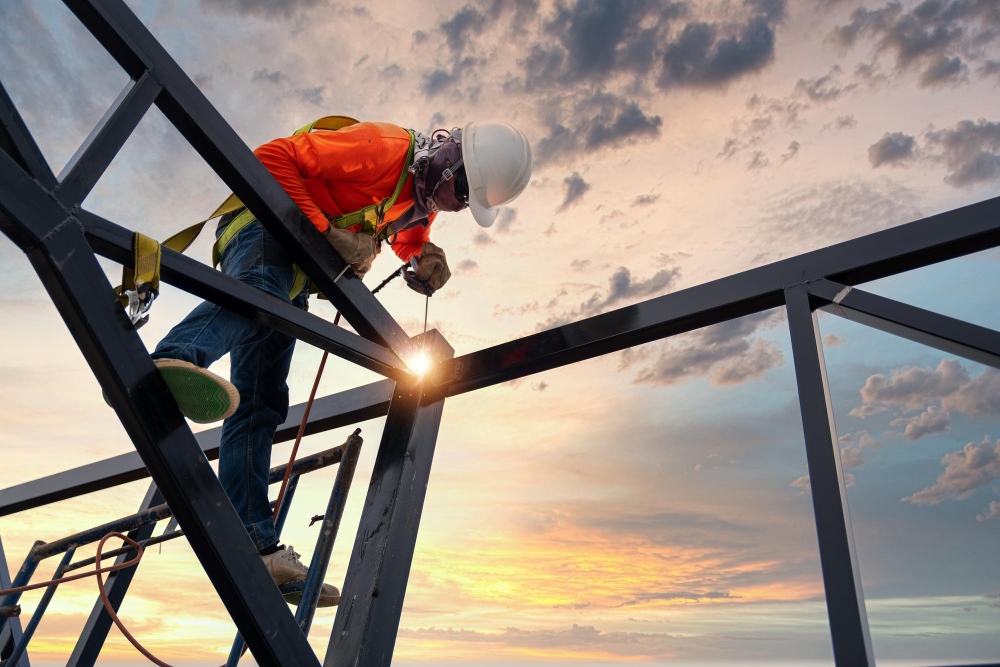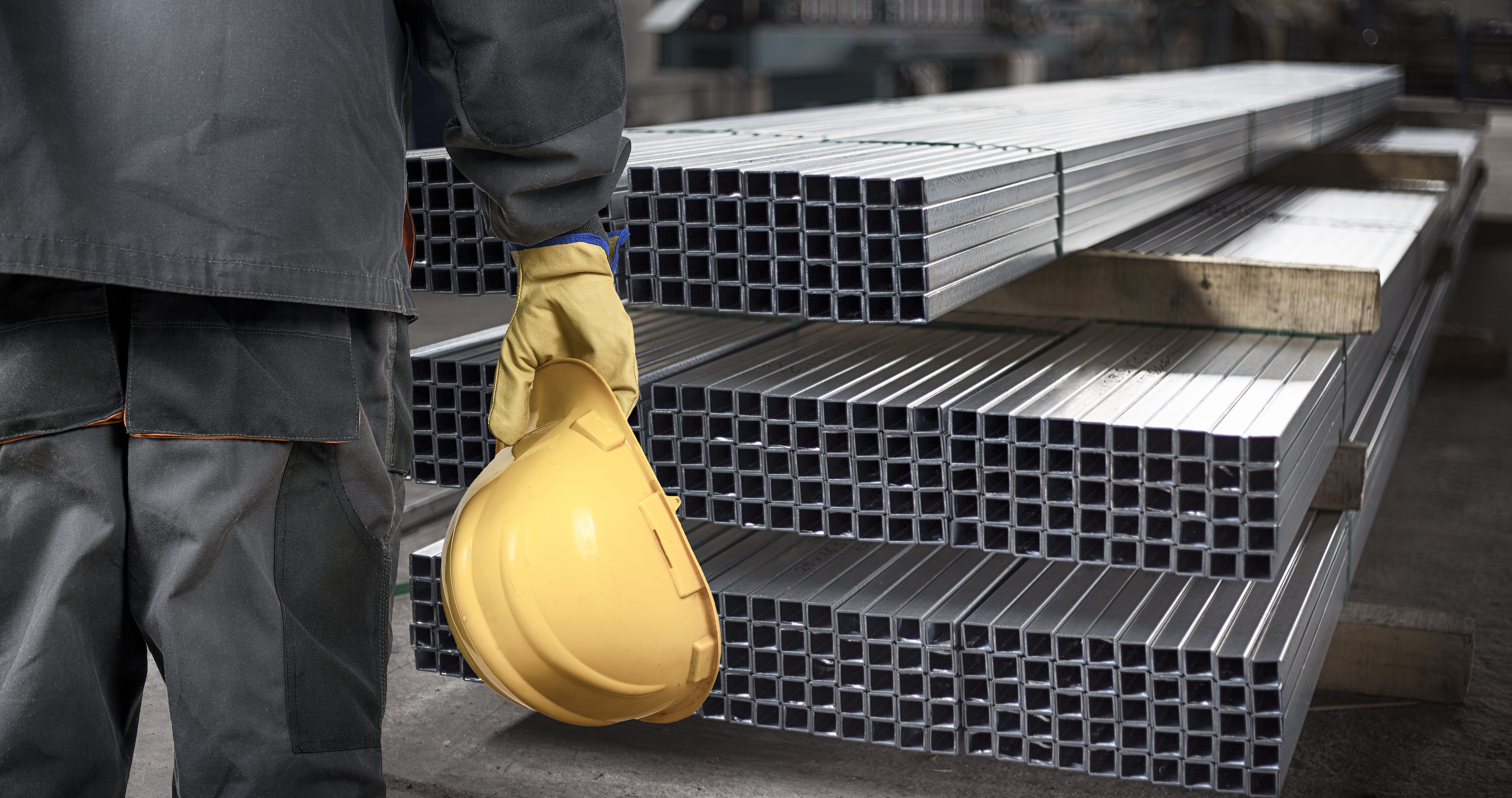Cutting-Edge Metal Fabrication Melbourne: Customized Solutions for every single Project
Ingenious Patterns in Steel Fabrication: Enhancing Longevity and Accuracy
In the realm of steel construction, the search of longevity and precision has led to a wave of innovative fads that are improving the market. These trends are not simply shaping the present however also laying the foundation for the future of steel manufacture, guaranteeing further enhancements in longevity and precision.
Advanced Welding Technologies
In the realm of steel manufacture, the adoption of sophisticated welding innovations has actually dramatically reinvented the industry's approach to achieving superior high quality and precision in structural welds. Advanced welding modern technologies, such as laser beam of light welding and rubbing stir welding, have actually arised as game-changers in the area. Laser beam of light welding utilizes a focused laser beam of light to sign up with steel components with amazing accuracy and rate, making it optimal for detailed layouts and slim materials. On the various other hand, rubbing mix welding produces exceptionally strong bonds by mechanically intermixing the molecules of the materials at the joint, getting rid of the demand for thawing the steel. These modern technologies provide various benefits, including decreased heat-affected areas, marginal distortion, and boosted mechanical homes in the welded joints. By leveraging these advanced welding methods, steel fabricators can raise the resilience, strength, and accuracy of their structural welds, meeting the increasingly requiring requirements of modern-day building projects.
Robot Automation in Fabrication
Accepting robot automation has become a keystone of contemporary steel construction practices, enhancing processes and boosting effectiveness across the market. Robots are reinventing the way steel components are manufactured, providing unrivaled precision and rate while reducing human mistake. These automated systems can deal with repetitive jobs with constant accuracy, resulting in higher quality output.
One secret benefit of robotic automation in steel fabrication is the ability to function all the time without fatigue, significantly raising manufacturing result. This constant procedure minimizes downtime and increases project timelines, eventually conserving prices for producers. Additionally, robotics can be programmed to execute complex jobs that may be unsafe or challenging for human employees, improving safety in the work environment.
Furthermore, robotic automation makes it possible for smooth assimilation with various other digital technologies, such as computer-aided design (CAD) software and Web of Things (IoT) systems (metal fabrication melbourne). This interconnected strategy improves interaction between different stages of fabrication, enhancing process and making sure real-time monitoring and control. As the steel fabrication market remains to advance, robotic automation stands apart as a transformative pressure driving performance and accuracy in producing procedures

High-Strength Alloy Growth
The advancement of high-strength alloy development in steel manufacture is improving the sector's method to improving material durability and performance. High-strength alloys are crafted to display exceptional mechanical properties, such as enhanced tensile toughness, toughness, and deterioration resistance contrasted to traditional steel grades. By including these innovative alloys into fabrication procedures, makers can create parts that withstand greater tension levels and severe atmospheres, leading to even more sturdy and dependable end products.
One key advantage of high-strength alloy growth is the capacity to lower material density without compromising structural stability. This not only leads to lighter-weight elements but likewise adds to set you back financial savings and boosted effectiveness in construction and assembly procedures. The enhanced strength-to-weight proportion of these alloys permits for the design and building and construction of structures with greater load-bearing capacities while decreasing total weight.
3D Modeling and Simulation Software Application
Developments in steel manufacture procedures have actually been significantly thrust by the combination of sophisticated 3D modeling and simulation software application tools. These devices permit fabricators to develop thorough virtual designs of their tasks, enabling them to picture the end product with precision before any kind of physical work begins. By mimicing different tension variables, go to this web-site ecological conditions, and structural tons, producers can enhance designs for improved durability and performance. Furthermore, 3D modeling and simulation software program streamline the production process by determining possible concerns at an early stage, minimizing the demand for pricey rework and minimizing product waste.

Lasting Practices in Steel Production
Including sustainable techniques into steel manufacturing processes is crucial for lessening ecological effect and making certain lasting source schedule. One key lasting method is the adoption of energy-efficient technologies to minimize greenhouse gas emissions during the steel production process. This includes making use of renewable resource resources, such as solar or wind power, to power steel plants and executing energy-efficient tools to optimize energy use.
An additional important facet of sustainable steel production is the accountable sourcing of raw products. This involves making sure that the iron ore and various other sources used in steelmaking are acquired from ecologically pleasant and moral resources. By promoting transparency in the supply chain and adhering to stringent ecological criteria, steel producers can decrease the adverse impacts of resource extraction on regional environments and areas.

Final Thought
To conclude, the innovative fads in steel manufacture such as sophisticated welding innovations, robotic automation, high-strength alloy growth, 3D modeling and simulation software application, and sustainable techniques are boosting the toughness and precision of steel items. These improvements are reinventing the steel fabrication sector by enhancing efficiency, high quality, and sustainability. It is clear that the future of steel fabrication depends on accepting these cutting-edge modern technologies to meet the needs of modern building and construction and manufacturing sectors.
In the realm of steel construction, the pursuit of toughness and precision has actually led to a wave of innovative patterns that are improving the industry.In the world of steel fabrication, the adoption of sophisticated welding technologies has actually significantly transformed the sector's approach to accomplishing premium high quality and accuracy in architectural welds. As the steel fabrication market proceeds to evolve, robotic automation stands out as a transformative pressure driving performance and precision in producing processes.
In addition, reusing and reusing steel scrap and waste products play a significant role in improving the sustainability of steel manufacturing. Alpha reo.In final thought, the ingenious fads in steel manufacture such as advanced welding technologies, robotic automation, high-strength alloy growth, 3D modeling and simulation software, and sustainable practices are enhancing the sturdiness and see this site accuracy of steel items